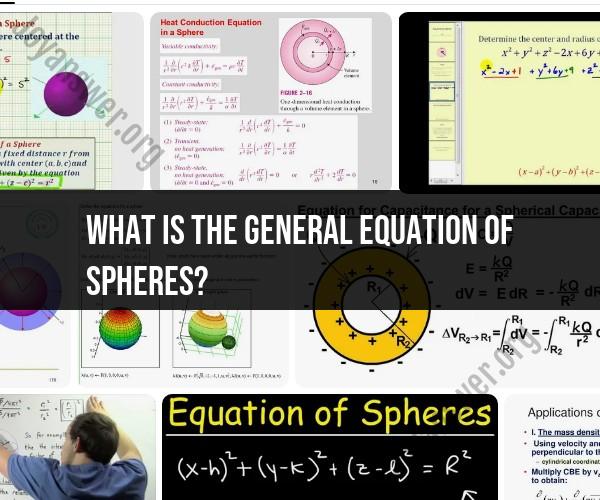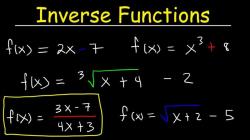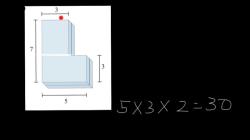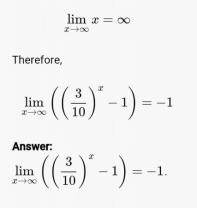What is the general equation of spheres?
The general equation of a sphere in three-dimensional Cartesian coordinates is given by:
Where:
- are the coordinates of any point on the sphere.
- are the coordinates of the center of the sphere.
- is the radius of the sphere.
This equation represents all the points (x, y, z) that are equidistant from the center (h, k, l) by a distance equal to the radius (r). In other words, it defines a spherical surface in three-dimensional space.
You can also write this equation in a slightly different form, expanding the squared terms:
In this form, you can easily identify the coefficients of the x, y, and z terms, as well as the constant term on the right side. The center of the sphere is at the point (h, k, l), and the radius is given by .
This general equation of spheres is a fundamental concept in geometry and is used in various fields, including mathematics, physics, and engineering, to describe the shape and properties of spheres in three-dimensional space.
The General Equation of Spheres: A Mathematical Insight
The general equation of a sphere in three dimensions is:
(x - a)^2 + (y - b)^2 + (z - c)^2 = r^2
where:
- (a, b, c) is the center of the sphere
- r is the radius of the sphere
This equation can be thought of as a generalization of the Pythagorean theorem to three dimensions. The Pythagorean theorem states that in a right triangle, the square of the hypotenuse is equal to the sum of the squares of the other two sides.
The general equation of a sphere can be used to represent any sphere, regardless of its size or location. For example, the equation of the unit sphere, which is the sphere centered at the origin with radius 1, is:
x^2 + y^2 + z^2 = 1
Mathematical Forms: Understanding the Equation of Spheres
The general equation of a sphere can be written in a number of different mathematical forms. For example, it can be written in vector form as follows:
||x - a|| = r
where:
- ||x - a|| is the magnitude of the vector x - a
This form of the equation is useful for performing calculations involving spheres, such as finding the distance between two points on a sphere.
The general equation of a sphere can also be written in parametric form as follows:
x = a + r cos(theta) sin(phi)
y = b + r sin(theta) sin(phi)
z = c + r cos(phi)
where:
- theta and phi are angular parameters
This form of the equation is useful for generating three-dimensional representations of spheres.
Spheres in Geometry: Exploring the General Equation
The general equation of a sphere can be used to explore a variety of geometric properties of spheres. For example, the equation can be used to find the volume of a sphere, which is given by the following formula:
V = 4/3 * pi * r^3
The equation can also be used to find the surface area of a sphere, which is given by the following formula:
S = 4 * pi * r^2
Additionally, the general equation of a sphere can be used to find the equations of tangent planes to spheres and the equations of planes that intersect spheres.
Conclusion
The general equation of a sphere is a powerful mathematical tool that can be used to represent and understand spheres in a variety of ways. By understanding the general equation of a sphere, we can better understand the world around us.













